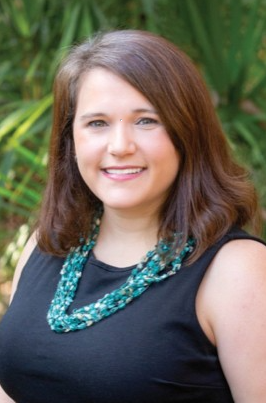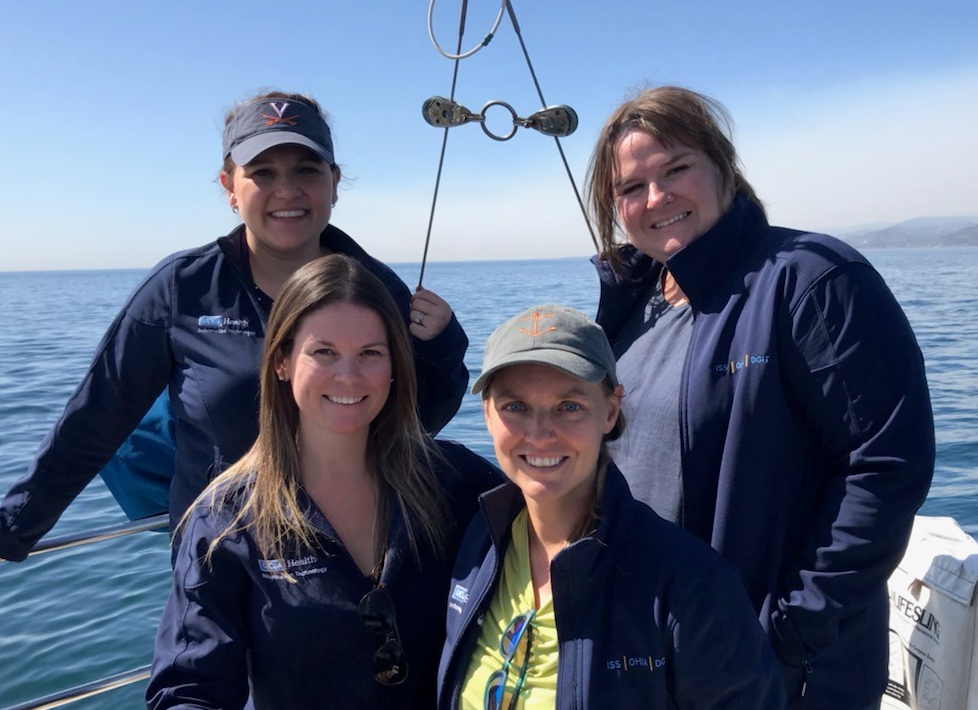By Lindsay Brooker. When the pandemic took the medical community by surprise in early 2020, the UCLA Health system quickly pivoted to moving as many patients as possible into virtual settings. Almost overnight, many primary care check-ins, surgical follow-ups, and other appointments were transitioned to video visits as providers sought to maintain continuity of care while keeping their patients safe.
What many do not realize is that this monumental effort was led by a small team of women within UCLA Health IT. Prior to this moment, the small telehealth team of four included Director Deidre Keeves, Managers Erin Thomas and Heather Hitson, and me, also a manager. We had been working alongside leadership for several years to build the telehealth presence at UCLA Health. Despite a growing interest, policy and reimbursement barriers made adoption of telehealth a slow process. With the declaration of a public health emergency, though, many of these barriers essentially disappeared overnight.
The demand for telehealth services and onboarding was suddenly at an all-time high. Along with the rest of the team, Keeves worked alongside operational leadership to get quick decisions about the shift to remote care. I spent hours with colleagues in the UCLA Health Compliance and Billing offices, combing through the constantly changing guidance from Medicare and the state of California to draft and update guidance to providers and leadership on how to document and bill for these new remote services. Thomas worked closely with the technical teams to build new workflows for documentation and billing, as well as obtaining approvals for new access to video visits for other staff within the system. Hitson developed a workflow for training support that allowed a quick influx of health IT trainers to provide additional one-on-one testing and support to the hundreds of new providers and staff.
Other health IT women also played vital roles in this transformation as well: Informatics Principal Trainer Alvira Vickery worked tirelessly with the telehealth team over several weeks to optimize the existing eLearnings and tip sheets to allow as much self-service training and adoption as possible. Nurses Abby Coleman and Elham Sumner, as well as Informatics Implementation Manager Sharon Evans, helped manage the hundreds of requests pouring into the telehealth team’s work queue. MyChart Analyst Qursheed Sabar also provided much needed technical support for updating provider access and optimizing workflows for the now heavily used system.
The system itself and the onboarding tools had not been tested for such a rapid expansion. However, despite a few bumps in the first few days, the system held. The tools and workflow that had been developed prior to the pandemic gave the team a strong head start in onboarding thousands of providers and staff in a matter of two weeks.
UCLA Health, which had done less than 500 teleheath visits in the entire month of February 2020 was now completing over 2500 telehealth visits per day. Over the next several months, additional optimizations would be driven by the telehealth program, including the ability to self-schedule a video visit with a provider or bedside family visits for patients in isolation during periods of visitor restriction, and a remote monitoring program for patients managing their COVID recovery from home. As the pandemic begins to wind down, it appears that telehealth is here to stay.
 Lindsay Brooker is telehealth implementation manager, Connected Health, Information Services & Solutions, UCLA Health.
Lindsay Brooker is telehealth implementation manager, Connected Health, Information Services & Solutions, UCLA Health.


